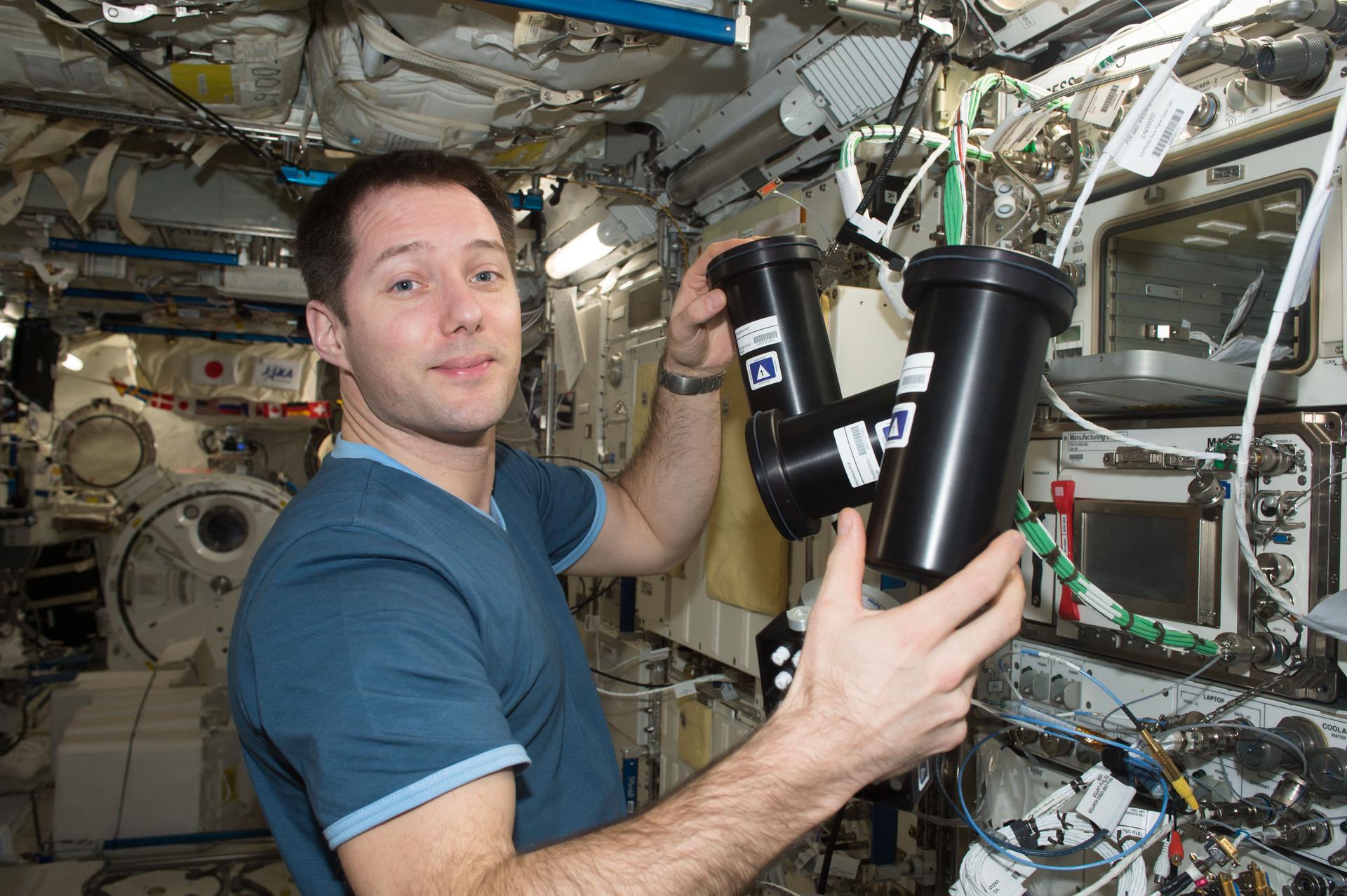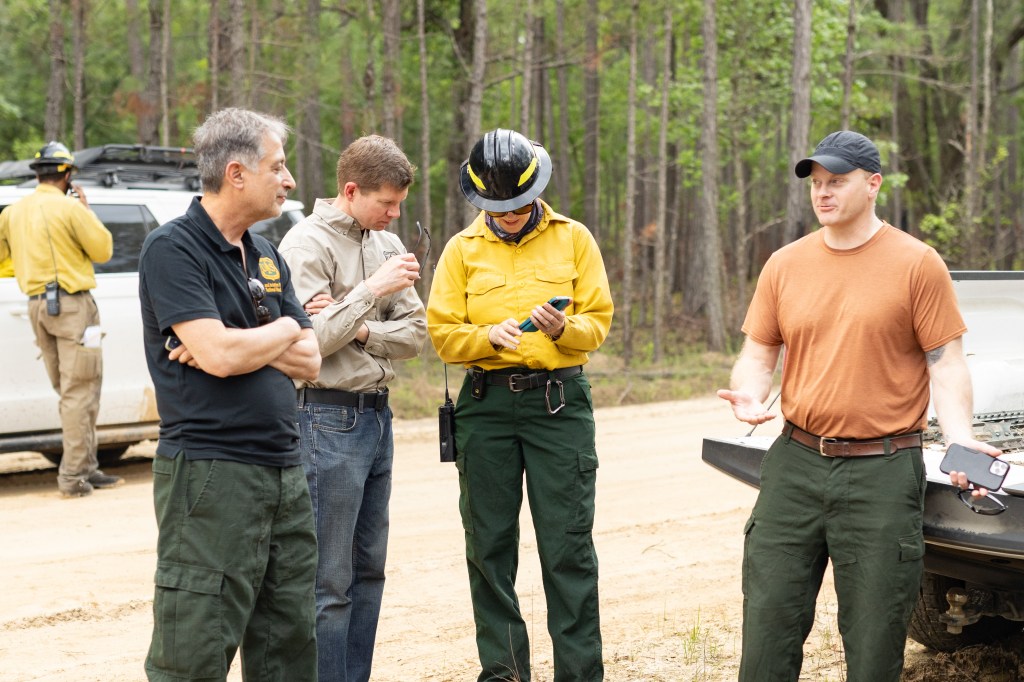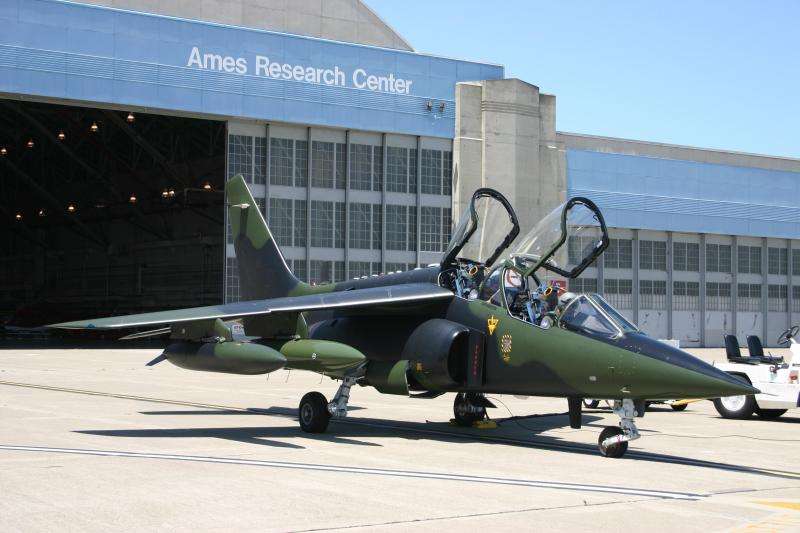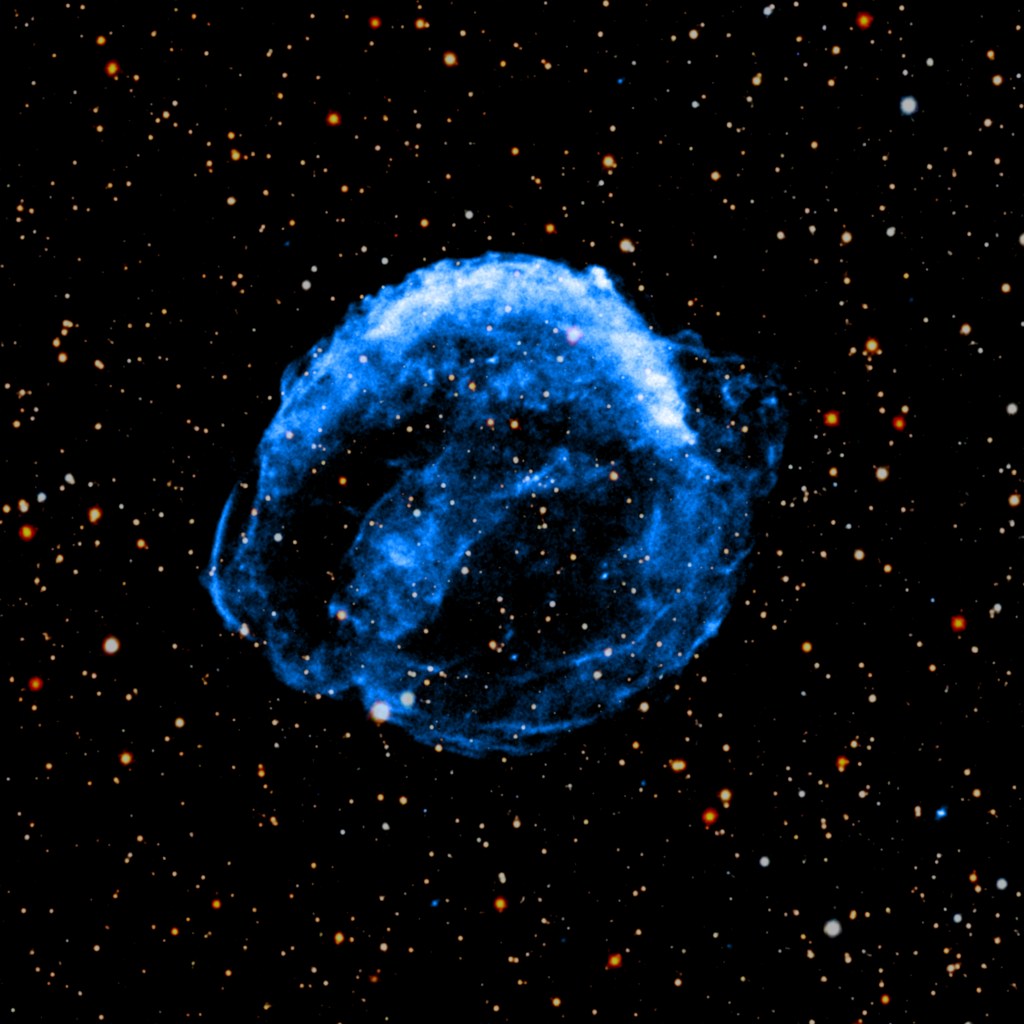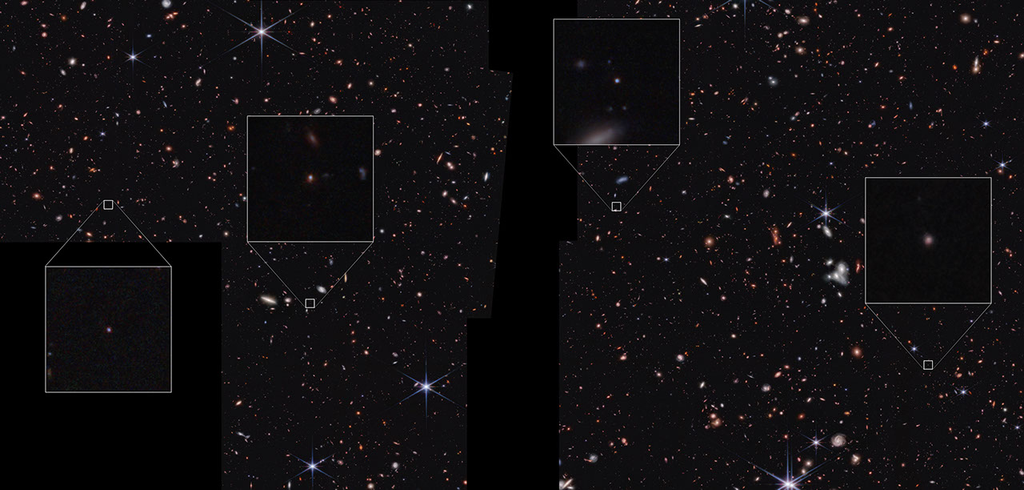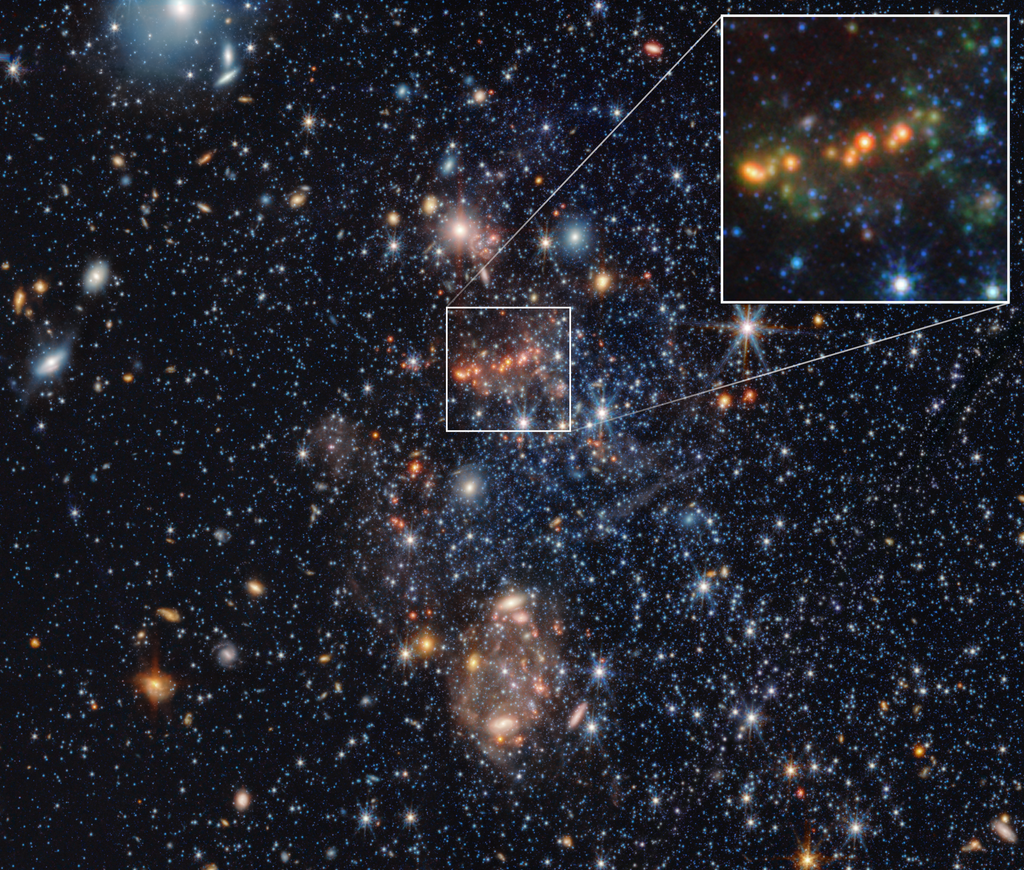1 min read
NICMOS Pa-alpha/continuum composite

About the Object
- R.A. PositionR.A. PositionRight ascension – analogous to longitude – is one component of an object's position.13h 25m 27.59s
- Dec. PositionDec. PositionDeclination – analogous to latitude – is one component of an object's position.-43° 1' 9.0"
- ConstellationConstellationOne of 88 recognized regions of the celestial sphere in which the object appears.Centaurus
- DistanceDistanceThe physical distance from Earth to the astronomical object. Distances within our solar system are usually measured in Astronomical Units (AU). Distances between stars are usually measured in light-years. Interstellar distances can also be measured in parsecs.10 million light-years
- DimensionsDimensionsThe physical size of the object or the apparent angle it subtends on the sky.Diameter: 18.2 (arc minutes). Magnitude: 7.0
About the Data
- InstrumentInstrumentThe science instrument used to produce the data.HST>NICMOS
- Exposure DatesExposure DatesThe date(s) that the telescope made its observations and the total exposure time.August 11, 1997
- FiltersFiltersThe camera filters that were used in the science observations.1.87 microns (Paschen alpha)
- Object NameObject NameA name or catalog number that astronomers use to identify an astronomical object.Centaurus A, NG 5128
- Object DescriptionObject DescriptionThe type of astronomical object.Active Galaxy
- Release DateMay 14, 1998
- Science ReleaseHubble Provides Multiple Views of How to Feed a Black Hole
- Credit
Related Images & Videos
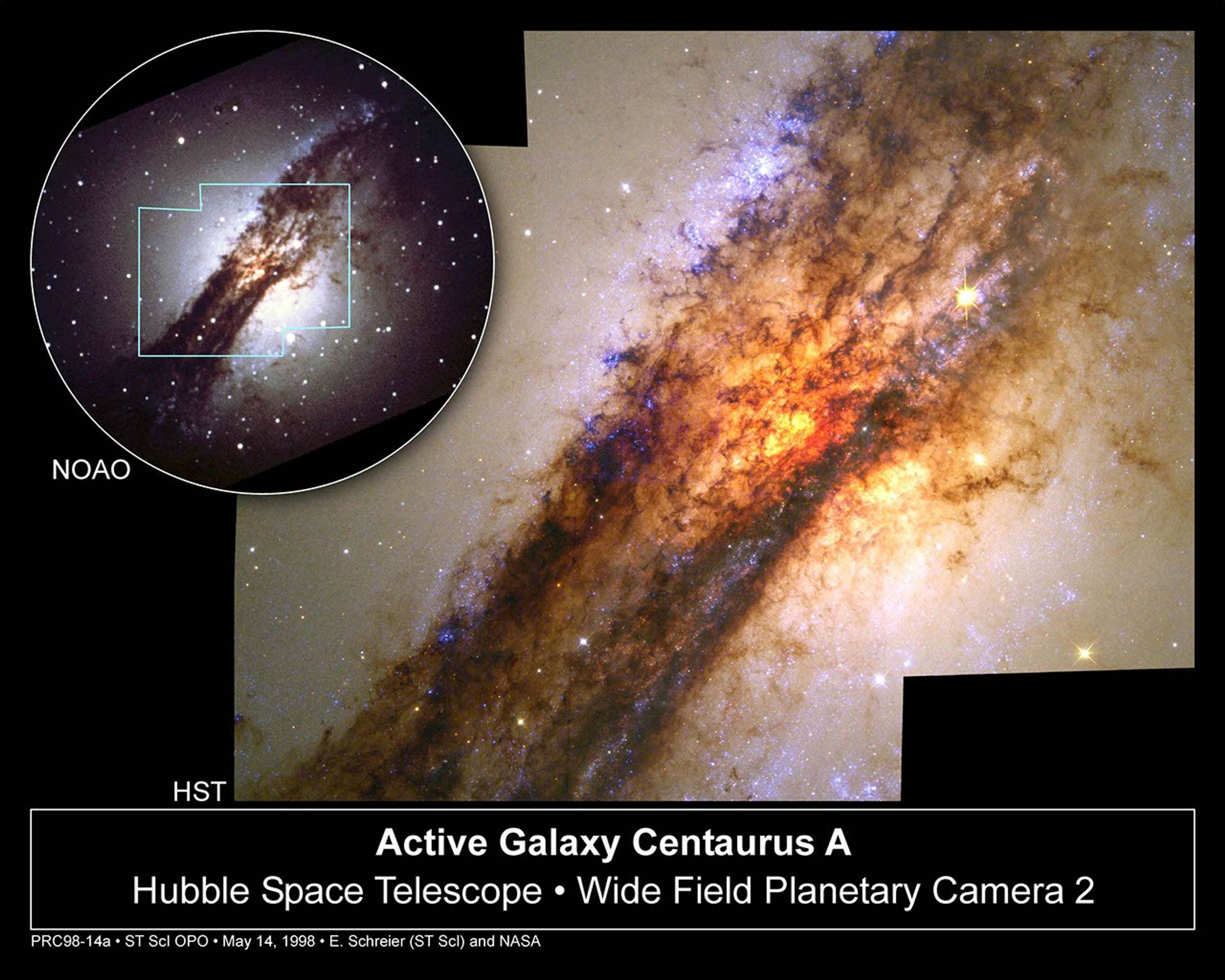
Turbulent Cauldron of Starbirth in Galaxy Centaurus A, With Ground View (inset)
NASA's Hubble Space Telescope offers a stunning unprecedented close-up view of a turbulent firestorm of starbirth along a nearly edge-on dust disk girdling Centaurus A, the nearest active galaxy to Earth. A ground-based telescopic view (upper left insert) shows that the dust...

Centaurus A: the Inside Story
Astronomers have used NASA's Hubble Space Telescope to probe the core of the nearest active galaxy to Earth, Centaurus A. [UPPER LEFT] - A close-up high resolution Wide Field Planetary Camera 2 image of the dramatic dust disk which is thought to be the remnant of a smaller...

Centaurus A: Feeding a Black Hole
Zoom Sequence: Ground-based image of Centaurus A, ZOOM into the Hubble Space Telescope WFPC2 Camera images of Centaurus A and its Nucleus, DISSOLVE in the HST NICMOS infrared image. The animation shows what is seen from the NICMOS image: inside the galaxy are a hot gas disk and...
Share
Details
Claire Andreoli
NASA’s Goddard Space Flight Center
Greenbelt, Maryland
claire.andreoli@nasa.gov





